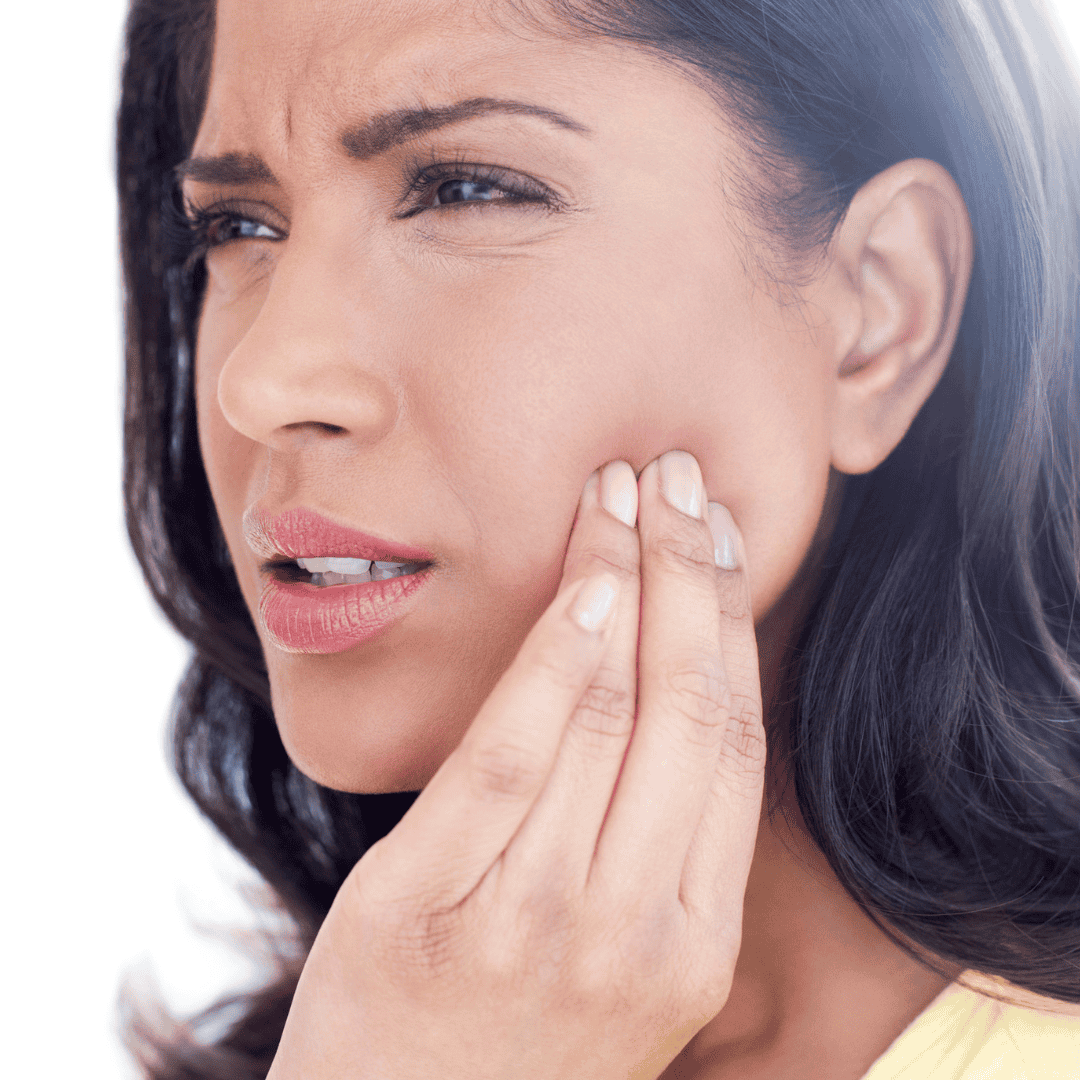Jaw Disorders Treatment Brisbane CBD
Are you looking for a solution to headaches, neck pain, jaw pain or unexplained aches and pains in your ears and/or behind your eyes?
Temporomandibular joint Dysfunction (TMD) covers a range of disorders of the jaw joint and the muscles which support it. It can arise from many causes acting together, but mostly it is due to overuse of the joint and muscles.
The temporomandibular joint joins the lower jaw (the mandible) to the skull, just in front of your ear.

TMD Symptoms
Head
Headaches, sinus pain, shooting pains, scalp/hair sensitivity, temple pain
Eyes
Pain behind the eyes
Ears
Earache (without any ear infections), ringing in the ears, ‘itchy’ or full feeling in the ears
Teeth
Pain in the teeth and/or gums, sensitive teeth, teeth that feel loose, teeth that are wearing down and/or breaking
Jaw
Pain in the cheeks and jaw, clicking or popping sounds, jaw that locks, instability of the jaw
Neck
Aches and pains in the neck, back and shoulders, sore and/or tired muscles
Causes of TMD
- Tooth grinding/clenching (bruxism)
- Poor posture and holding the jaws in certain positions
- Habits such as biting fingernails or holding a pen between your teeth
- Overuse of the muscles e.g., excessive yawning or biting into large foods like burgers
- Trauma/injuries to the joint
- Arthritis/degeneration of the joint
The Dentistry on George Difference

Quality Care

Family Owned & Operated

Personalised Service
Your comfort and health are our priority. Whether you’re coming in for a quick check-up or extensive treatment, our team goes above and beyond to create a relaxing and trusting environment. It’s our vision to make every dental experience a positive one!
We strive for excellence in both our dental care results and customer service. Our team takes the time to listen to your questions and worries, making sure you’re comfortable throughout your appointment. We want to see every client leave our clinic with a smile.
